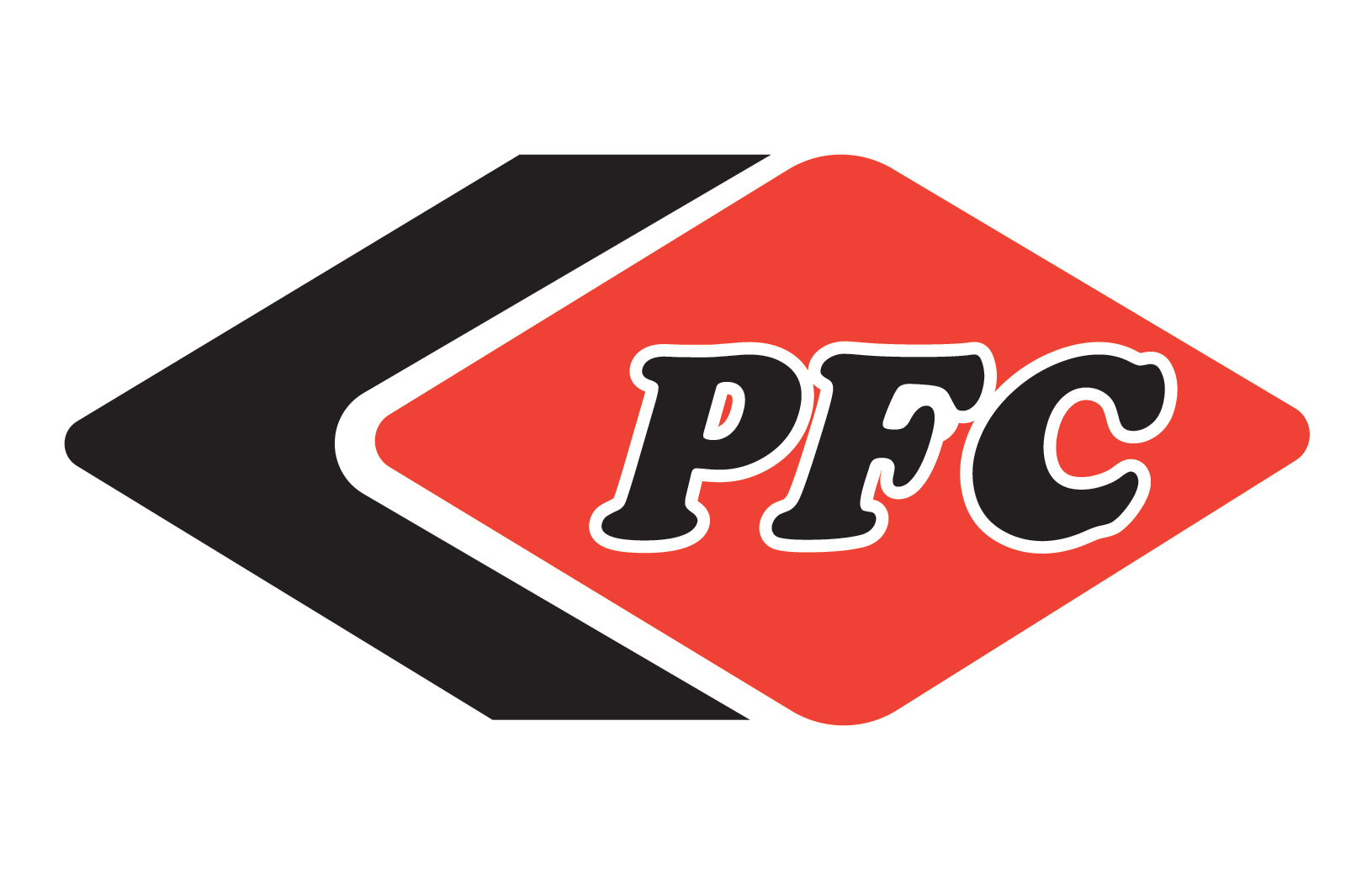What are Canada’s Free Trade Agreements
Canada currently has 15 trade agreements in force with 51 different countries around the world, and more in varying stages of negotiation. Together, these agreements cover 1.5 billion consumers worldwide. A Free Trade Agreement (FTA) is a treaty between two or more countries that encourages international trade by reducing or removing tariffs and other barriers to trade.
The Group of Seven (G7) is an informal grouping of seven of the world’s advanced economies, including Canada, France, Germany, Italy, Japan, the United Kingdom, and the United States, as well as the European Union. Canada is the only G7 economy with comprehensive free trade access to the entire G7 and European Union. According to the Government of Canada, Canada’s 15 FTAs cover 61% of the world’s GDP and open markets to 1.5 billion consumers worldwide. In addition to lowering and eliminating duty rates on certain products and services, FTAs also address modern trade challenges in areas such as labour, environment, certification, and intellectual property.
We provide more information below on Canada’s major trade agreements as well as a list of the FTAs currently in force. In addition, we have combined all of Canada’s trade and investment agreements and sanctions into an easy reference guide for download

Canada-United States-Mexico Agreement (CUSMA) 🇺🇸🇲🇽
The Canada-United States-Mexico Agreement (CUSMA) is trade agreement between Canada, the United States, and Mexico that replaced the North American Free Trade Agreement (NAFTA) on July 1, 2020. The largest free trade region in the world, in 2019, total trilateral merchandise trade (the total of each country’s imports from one another) reached just over CAD $1.3 trillion.
CUSMA maintains the key aspects of the trade relationship between Canada, United States, and Mexico. It also incorporates new provisions to address current trade challenges and continuing to promote opportunities for North Americans.
Note: In the United States, the agreement is referred to as the United States-Mexico-Canada Agreement (USMCA).
We provide more information on CUSMA and what its entry into force means for Canadian importers and exporters in the following article
Canada-EU Comprehensive Economic and Trade Agreement (CETA) 🇪🇺
The European Union (EU) is Canada’s second largest trading partner. The Canada-EU Comprehensive Economic and Trade Agreement (CETA) is a bilateral trade agreement between Canada and the EU that entered into force on September 21, 2017. In its first three years in force, CETA increased annual trade of goods and services between Canada and the EU by over 21%.
CETA takes a phased approach to removing tariffs. Duties were removed on 98% of products and services upon entry into force. Over a seven year period, a further 1% of tariff lines will be phased out. By 2024, 99% of all Canadian goods entering the EU market duty-free.
The EU is the second-largest export destination and trading partner for the provinces of Newfoundland and Labrador, Nova Scotia, Ontario, Quebec, and Prince Edward Island. Therefore, these provinces benefit greatly from preferential access to the EU market.
Canada-UK Trade Continuity Agreement (CUKTCA) 🇬🇧
On January 31, 2020, the United Kingdom (UK) formally left the EU and entered a transition period ending December 31. Subsequently, the countries reached a post-Brexit agreement on December 30, 2020, ensuring continued trade in goods without tariffs or quotas.
To minimize trade disruptions, Canada and the UK signed a transitional agreement. The Canada-UK Trade Continuity Agreement (CUKTCA) came into force on April 1, 2021.
Largely replicating CETA, the Canada-UK TCA ensures continued preferential access to the UK market for Canadian businesses. Similarly, 98% of Canadian products will continue to be exported to the UK tariff-free.
On March 24, 2022, Canada and the UK announced they will begin negotiations toward a comprehensive bilateral free trade agreement. The first round of negotiations will begin on March 28, 2022. The CUKTCA will remain in place during negotiations.
Comprehensive and Progressive Agreement for the Trans-Pacific Partnership (CPTPP) 🇦🇺🇯🇵🇳🇿
The Comprehensive and Progressive Agreement for Trans-Pacific Partnership (CPTPP) is a free trade agreement between Canada and 10 other countries in the Asia-Pacific region, including Australia, Brunei, Chile, Japan, Malaysia, Mexico, New Zealand, Peru, Singapore and Vietnam.
Under CPTPP, most tariff lines became duty-free when the Agreement entered into force for each CPTPP country. Tariffs on other goods will be eliminated gradually over “phase-out” periods, which vary by country and are detailed in each country’s respective tariff elimination schedules.
Canada-ASEAN Free Trade Agreement 🇰🇭🇮🇩🇹🇭
On November 16, 2021, Canada and the Association of Southeast Asian Nations (ASEAN) agreed to proceed with free trade agreement (FTA) negotiations. Canada’s sixth-largest trading partner, ASEAN is a regional intergovernmental organization that includes the following countries: Brunei, Cambodia, Indonesia, Laos, Malaysia, Myanmar, the Philippines, Singapore, Thailand, and Vietnam.
In 2020, merchandise trade between Canada and ASEAN reached $26.7 billion. An FTA would boost GDP and exports to ASEAN countries, create new market opportunities for Canadian goods and services, and support a more predictable environment for trade and investment.
Canada and ASEAN are currently discussing next steps, including a first round of negotiations.
Canada-India Comprehensive Economic Partnership Agreement Negotiations 🇮🇳
In June 2022, Canada and India will begin a second round of negotiations toward a free trade agreement that aims to strengthen economic ties between the two countries.
Negotiations between Canada and India toward a Comprehensive Economic Partnership Agreement (CEPA) began in 2010. The most recent full negotiating round was held in August 2017. Discussions included cross-border trade in goods and services, e-commerce, telecommunications, and technical barriers to trade. Since then, Canadian and Indian officials have held several meetings, with the most recent in June 2021.
In May 2023, Canada and India released a joint statement reaffirming their commitment to strengthen trade and commercial ties through enhanced partnerships and cooperation.
Two-way merchandise trade between Canada and India was $12 billion in 2022. India’s economy offers extensive opportunities for Canadian companies in natural resources, defence, mining, oil and gas, clean energy technology, and renewable energy. Specifically, Canada is expected to seek greater market access for agricultural products, such as pulses.
Canada-Ukraine Free Trade Agreement (CUFTA) 🇺🇦
As noted by the Government of Canada in April 2023, Canada and Ukraine concluded substantive negotiations of CUFTA to modernize the CUFTA. The modernized CUFTA creates new opportunities to maximize the agreement’s benefits for Canadian workers entrepreneurs and small and medium-sized businesses. Furthermore, it will work towards fair, inclusive, and transparent trade and support long-term security, stability, and economic development in Ukraine. The modernized CUFTA will also maintain the terms of market access for goods from the 2017 Agreement, and has been updated to include new and upgraded chapters, including on: investment, cross-border trade in services, temporary entry for business persons, financial services, digital trade, rules of origin cumulation with common FTA partners, trade and gender and, for the first time, a chapter on trade and Indigenous Peoples.
Free Trade Agreements Currently in Force
| FTA | ||
|---|---|---|
| Canada-Chile Free Trade Agreement (CCFTA) | ||
| Canada-Colombia Free Trade Agreement (CCoFTA) | ||
| Canada-Costa Rica Free Trade Agreement (CCRFTA) | ||
| Canada-European Free Trade Association (EFTA) | |
|
| Canada-EU Comprehensive Economic and Trade Agreement (CETA) | ||
| Canada-Honduras Free Trade Agreement (CHFTA) | ||
| Canada-Israel Free Trade Agreement (CIFTA) | ||
| Canada-Jordan Free Trade Agreement (CJFTA) | ||
| Canada-Korea Free Trade Agreement (CKFTA) | ||
| Canada-Panama Free Trade Agreement (CPAFTA) | ||
| Canada-Peru Free Trade Agreement (CPFTA) | ||
| Canada-Ukraine Free Trade Agreement (CUFTA) | ||
| Canada-UK Trade Continuity Agreement (CUKTCA) | ||
| Canada-United States-Mexico Agreement (CUSMA) | ||
| Comprehensive and Progressive Agreement for the Trans-Pacific Partnership (CPTPP) |
Sanctions
Canada imposes sanctions against several countries for violations against international laws and standards. These include violations of human rights, acts of corruption, and association with terrorism. For more information on Canadian sanctions and the countries upon which they are imposed, please visit Global Affairs Canada.
We’re Here to Help!
When importing and exporting we recommend researching the country you plan to conduct business with. Determining Free Trade Agreement status can help to reduce duty on your goods and services, as well as provide other trade incentives.
We also recommend staying up-to-date on changes to Canada’s FTAs by visiting Global Affairs Canada regularly.
If you have any questions on Free Trade Agreements or your import/export activities, please







